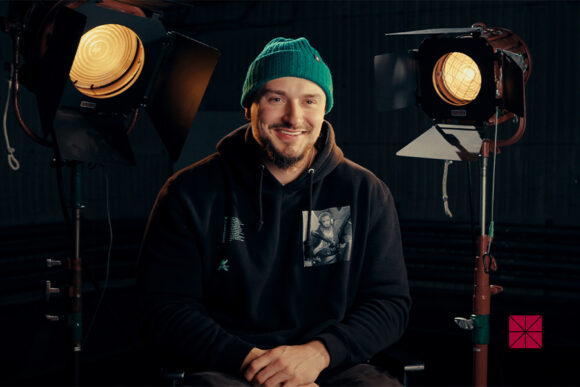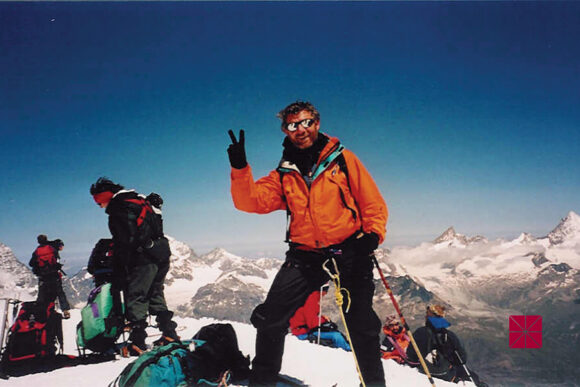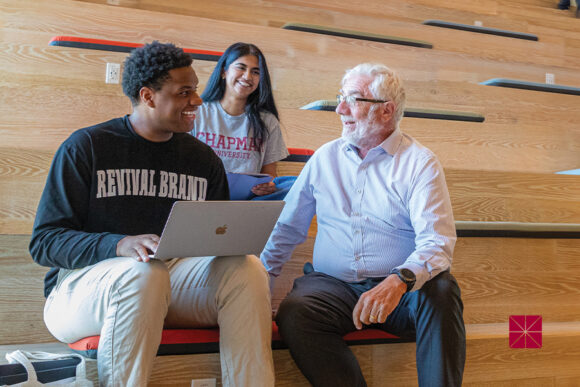
Andrew Carroll’s Decades-Long Mission to Preserve American War Letters
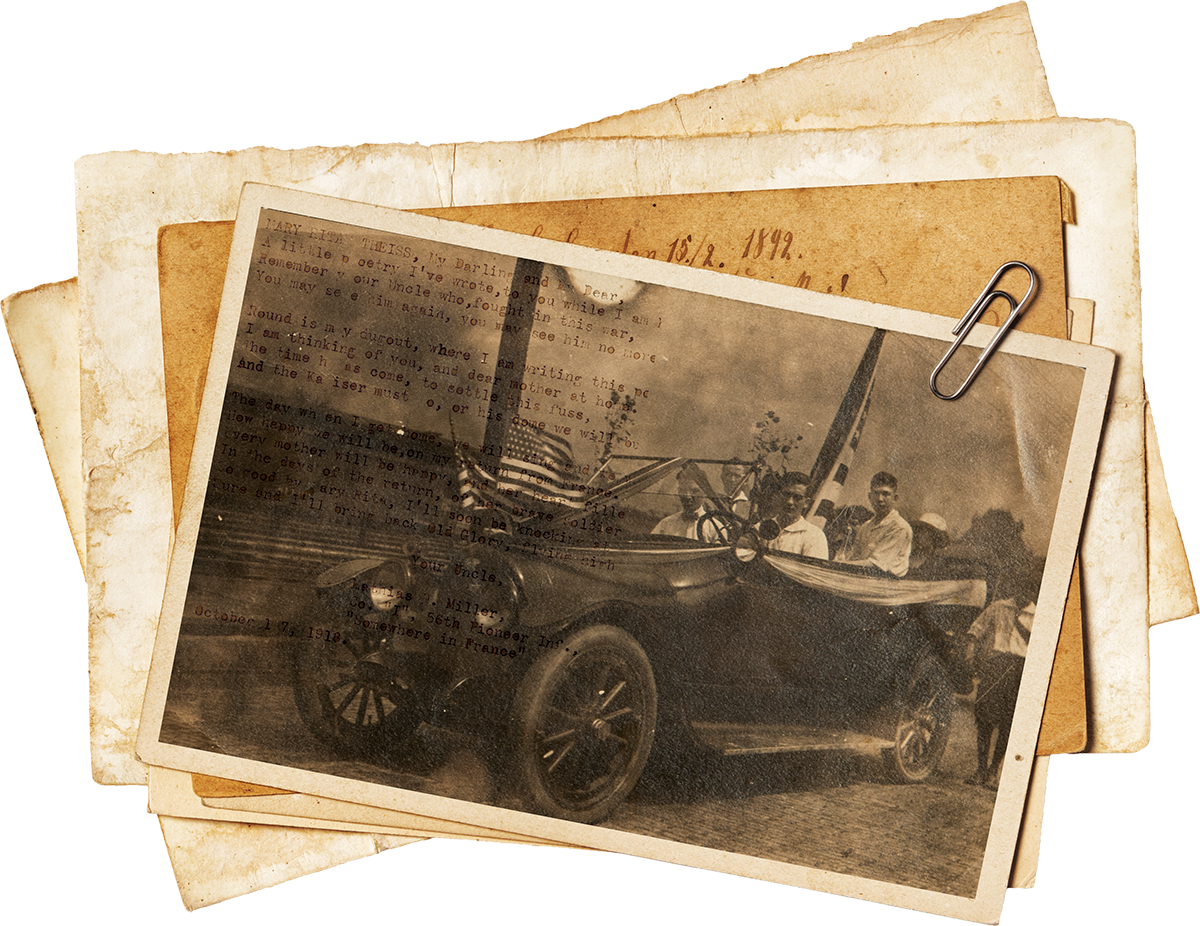
Andrew Carroll collected this correspondence from World War I for the Center for American War Letters.

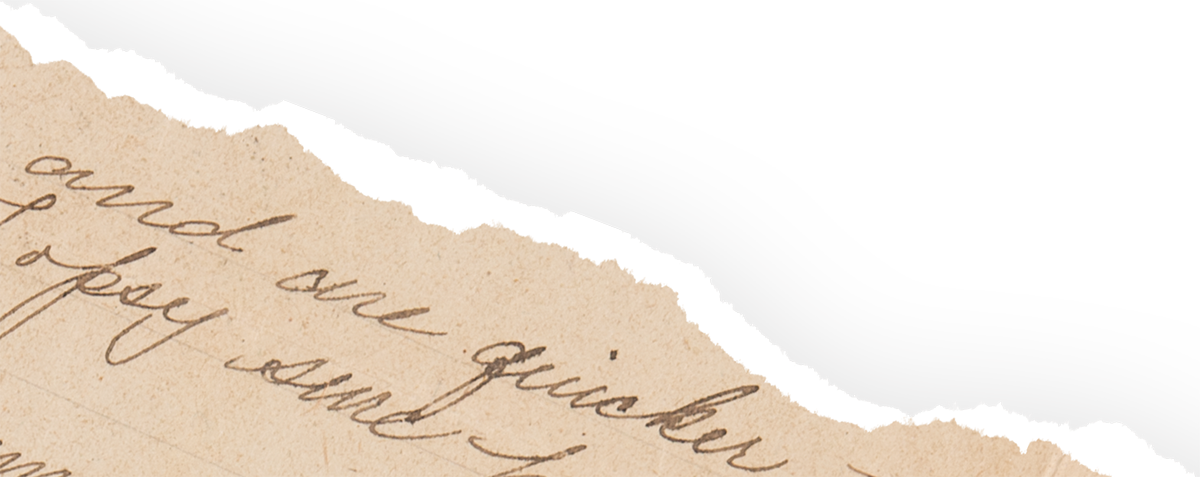
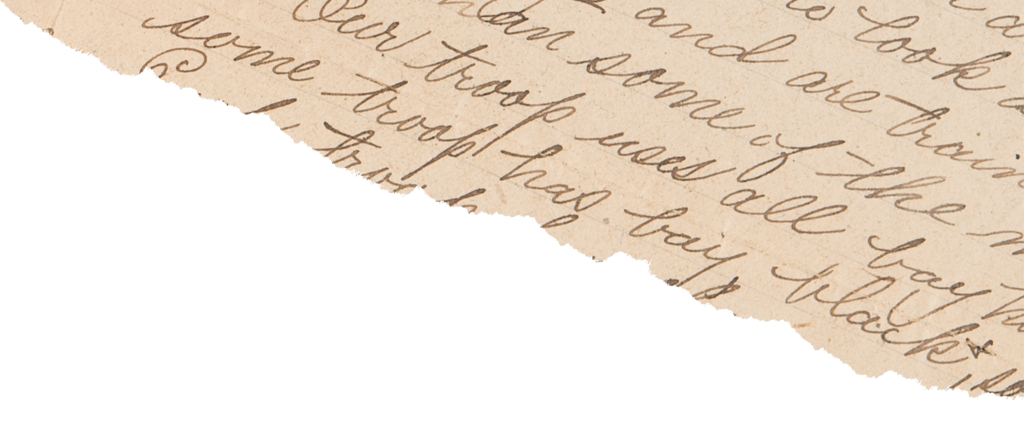

H ousing more than 200,000 war-related letters and emails from U.S. service members, veterans, and their loved ones, Chapman University’s Center for American War Letters serves as a testament to the power of the shared memory of the American people. The collection is due to decades of dedicated effort led by Andrew Carroll.
For Carroll, the project began for very personal reasons. “I read a letter written by my cousin, James Carroll Jordan, who fought in World War II,” Carroll explained. “The letter detailed the horrors of the Nazi concentration camp at Buchenwald, and I was stunned by how graphic his descriptions were. I called my cousin and said, ‘Jim, I really appreciate you sharing this letter with me. I’ll mail it back.’ He said, ‘Andy, just keep it. I probably would have thrown it out anyway.’” That was the spark. Carroll began speaking with veterans to learn what they do with their war correspondence.
“Letters were collecting dust in attics or getting thrown away,” Carroll said. “I realized there needed to be a national effort to save them.”
Carroll wrote to Dear Abby in 1998, an advice column that had millions of readers. Dear Abby ran the column, and Carroll began receiving letters in droves.
“These letters are what I now refer to as ‘the world’s great undiscovered literature,’ Carroll said. “I realized this is more than just a side project, it was what I really wanted to focus on. I visited almost 40 countries in search of war letters, including Iraq and Afghanistan, back in 2003. I was curious about what American troops were writing and emailing home.”
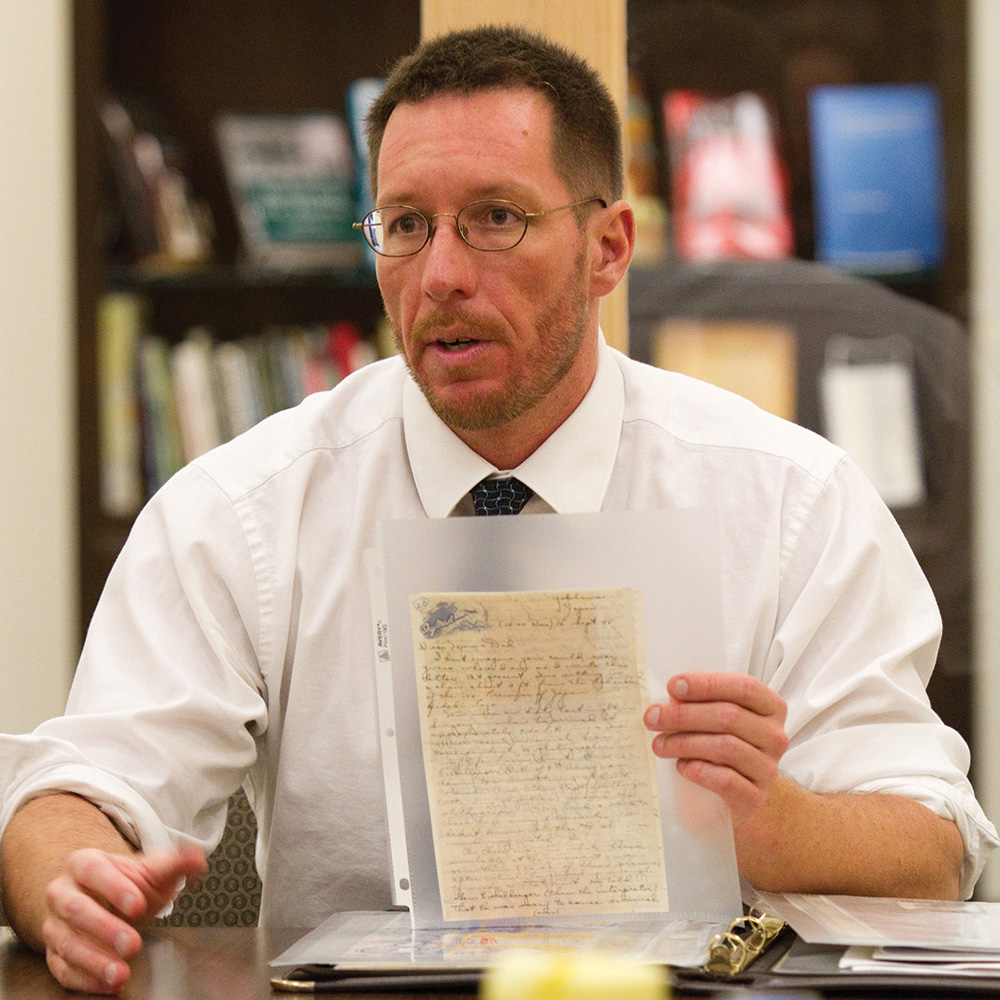
Carroll wrote about his journey in National Geographic Magazine. “I found the article about Andy’s accounts of war so powerful,” explains Chapman theatre professor, John Benitz. “The other side of it for me was the person himself, Andy, who risked his life traveling to war-torn areas to collect these firsthand accounts. So I sent him an email, and we began a collaboration.”
The two began working on a script for a play featuring the letters titled, “If All the Sky Were Paper.”
“In 2009, we workshopped the production at the Odyssey Theater,” Benitz explained. “The theater was packed, and we knew we had something just by the audiences’ reaction. “We have since performed it across the country, from the Kirk Douglas Theater in Los Angeles to the Kennedy Center in Washington and back to the Musco Center at Chapman with students, alumni and faculty on stage with A-list actors.”
Benitz introduced Carroll to Jim Doti, Chapman’s then-president, then-Chancellor Daniele Struppa, and Kyndra Rotunda, who leads Chapman’s Military and Veterans Law Institute.
“At this point, I had about 90,000 letters,” Carroll explained. “I was renting a second apartment just to store them. I knew I needed an archive where the letters could be properly preserved.”
With Carroll as the founding director, Chapman opened the Center for American War Letters in 2013. “We have everything from handwritten missives dating back to the Revolution and Civil War up to emails from the present,” said Carroll, “and I’m working with a great team at Leatherby Libraries to keep the collection growing.”
“The personal stories contained in these letters felt important to share,” Benitz said. “I started thinking about how to reach a wider audience, and that led to the idea of a documentary film.”
Benitz and Carroll connected with Bryce Cyrier, a Dodge College alum and the film’s producer, to develop a script, titled “Behind the Lines,” inspired by Carroll’s New York Times bestselling book of the same name. Through Cyrier’s then employer, funds were secured for filming. Benitz, director of the documentary, later received a $25,000 award from the Library of Congress Lavine/Ken Burns Prize for Film in September 2024 based on just a rough cut, and the film is now complete.
“Behind the Lines” stars Annette Bening as narrator as well as Laura Dern, Common, Gary Cole and Kelvin Harrison, Jr. among others.
“So many letters couldn’t make it into the movie…always a very tough decision,” Benitz said. “For example, we filmed with a woman in Switzerland whose stepfather used his status as a Swiss diplomat to create immunity passes for as many as 40,000 Jewish individuals during WWII, allowing them to escape Nazi Hungary. We’re hoping to create a series at some point where we can share stories like these.”
Carroll hopes these letters will bridge the gap between the military and civilians, providing a clearer picture of what these service members and their family have sacrificed. “I want to inspire people across the country to go through any war letters they have and donate them to the project,” Carroll said.
“If you know somebody in the military, or if you were in the military, you should see this movie,” Benitz says. “For everyone else, it’s a must-see.”

Media Contacts
Strategic Marketing and Communications
1 University Drive
Orange, CA 92866
Contact Us
Newsroom Site
Your Header Sidebar area is currently empty. Hurry up and add some widgets.

